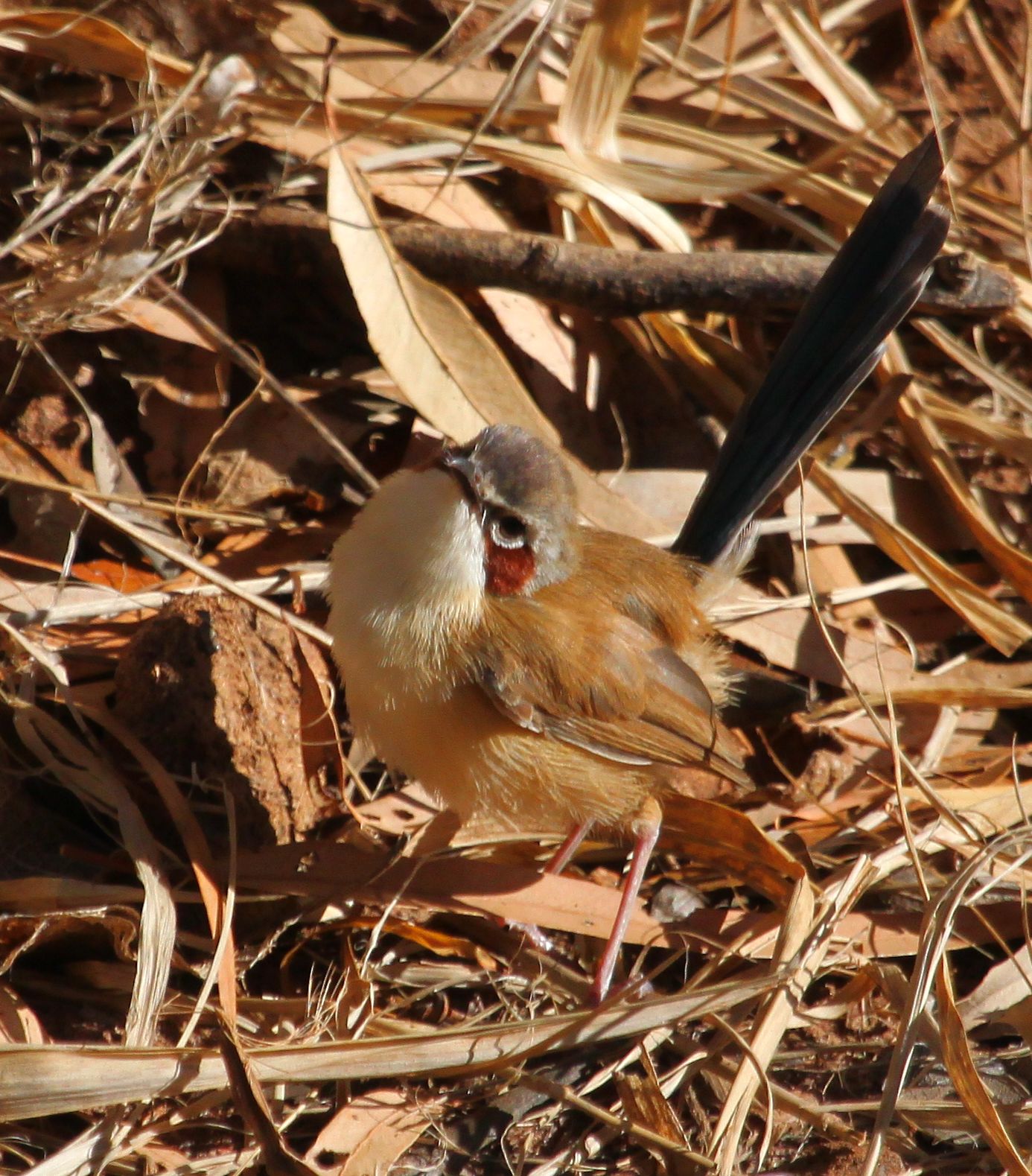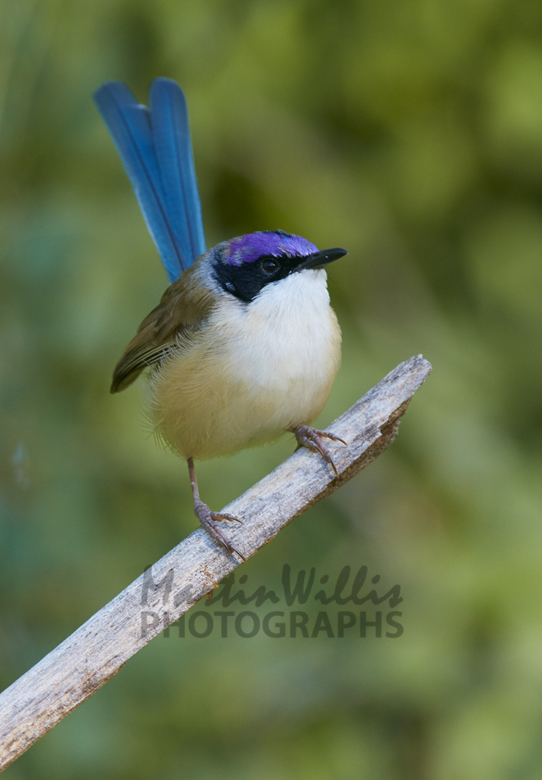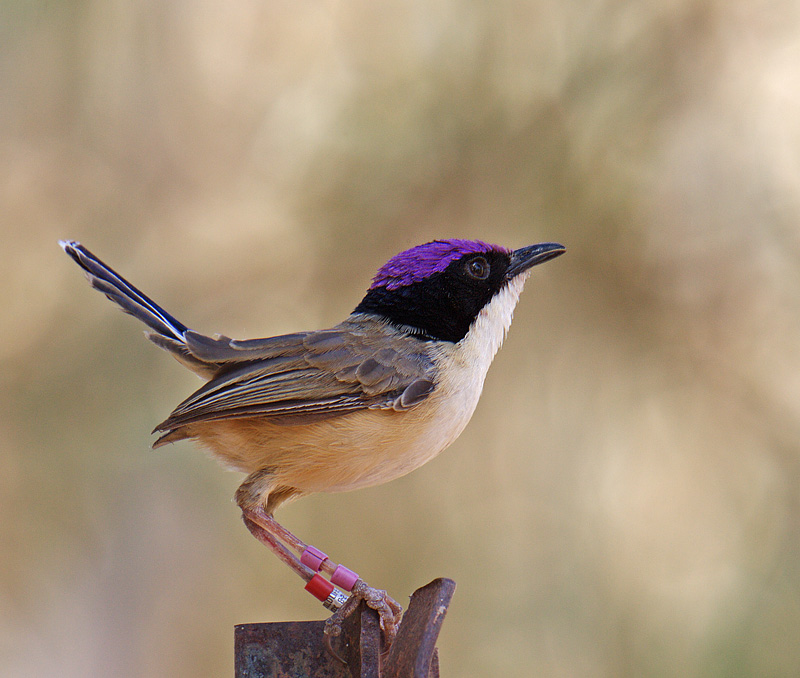
I finished my PhD at the end of 2020, then Allison and I spent most of 2021 pursuing research grants to fund field work to supplement the data you are collecting. The hybrids paper should be published in the next month or two and the group size paper should hopefully come out in the next six months or so. We’re about 3.5 years old and you’ve submitted over 14,000 eBird checklists! We’re working on your checklist data but in the meantime, we have two research papers we’ve recently finished: one on hybridisation in Fairywrens, and another analyzing the group size data that Allison and I collected during our survey trips in 20. The Fairywren Project is entering an exciting phase. If you’re short on time we’ll summarize here and expand below:
#Purple crowned fairy wren update#
To our new followers, welcome! To our continuing followers, sorry it has taken so long to get an update to you! 2021 was a busy year. You can livestream it or find the recording on the Bird Emergency webpage when it comes out.

If you’re interested in hearing more about the hybrids, Joe will be talking with Grant and Holly again on May 30th at 12pm Melbourne time. Holly Parsons of Birdlife Australia on the BE podcast this past Monday. Want more fairywrens? Joe talked fairywrens with Grant Williams of the Bird Emergency podcast and Dr. Thanks to Martin Ross for first alerting us to one of these hybrids!Īlso check out Martin Ross and Allan Briggs’ paper on the behaviour of some of the Red-backed x Superb Fairywren hybrids:Īnd see the updated hybrid fairywrens page on our website: This was a really fun paper to write and something we didn’t expect to work on when we started the Fairywren Project. Until next time, happy birding! Let us know if you have any questions. Females pay attention to when males moult into bright plumage and tend to mate with the males that moult the earliest, so these year-round bright males may experience a big advantage to retaining this fancy plumage all year. Soon we're going to be using your data to investigate how widespread this phenomenon is that is currently only known to occur in single populations from a few species. However, in at least a few populations of a few species, old males are known to sometimes exhibit bright breeding plumage year-round. Most male fairywrens exhibit two plumages per year, a bright, nuptial plumage during the breeding season and a brown, female-like plumage during the non-breeding season or winter.

Once that's complete we'll begin asking whether we see the same trends across more species in the continental data you're submitting. We recently received helpful reviews back on this paper and are now preparing to re-submit it for publication. We previously published a pre-print (a pre-publication version of a paper) describing our findings of group size variation in Purple-backed and Superb Fairywrens from the transects we conducted at the beginning of this project. Analyses are currently underway to start answering some of these questions! Below is a quick summary of the next analyses we're working on:

Together we're building an incredible database that will help us understand how fairywrens respond to environmental variation. New Fairywren Project numbers are in! We're excited to see the project continuing to grow in participant and checklist numbers.


 0 kommentar(er)
0 kommentar(er)
